In January 1905, photographer Jessie Tarbox Beals stopped at the Penn Museum on a tour of East Coast cities. She hoped to sell a set of ethnographic portraits taken at the Louisiana Purchase Exposition, held the year before in St. Louis. George Byron Gordon, then Assistant Curator of General Ethnology, had attended the Fair. The wide range of people who had been brought there- from Eskimo to Filipino to Patagonia- had
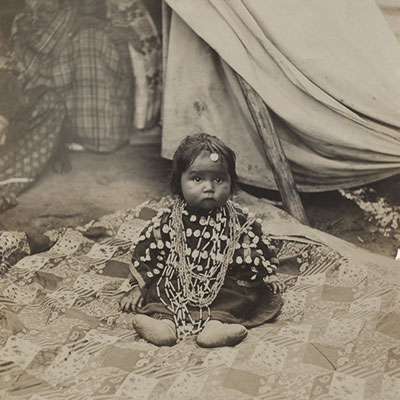
attracted his attention, and he purchased 243 black-and-white photographs from Beals. Sadly, over the years, these prints were used in exhibits and for educational purposed, and only 81 now remain in the Archives. Born in Hamilton, Ontario, Canada, in 1870, Beals was the first woman hired as a photojournalist in the U.S., when she was given a position at The Buffalo Inquirer in 1902.
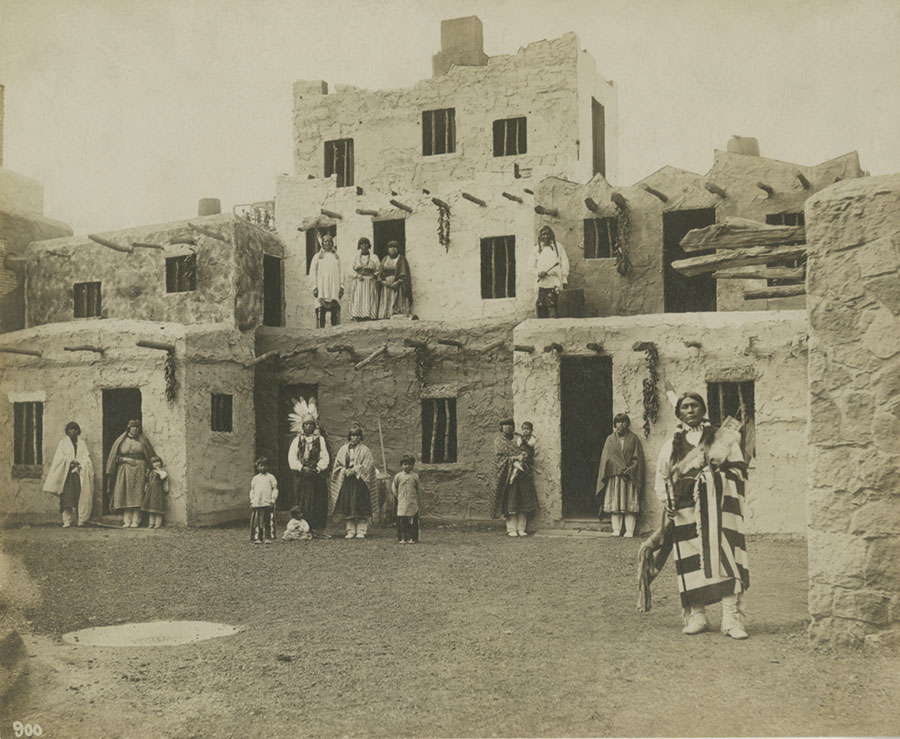
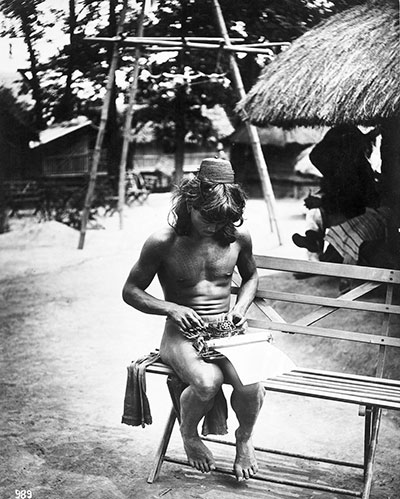
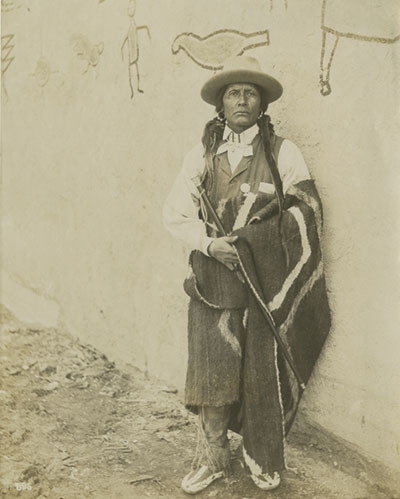
Pueblo Governor Ramos Ajuleta. UPM image #249504.
Beals was fearless in her work, both in terms of physical hardship— she traveled with a camera weighing 50 pounds that used 8×10” glass plate negatives— and became known for her audacity in taking photographs at every opportunity and from any vantage point, even standing on ladders and from a hot-air balloon.
The St. Louis Fair brought recognition to Beals, but, as a woman, she continued to struggle to establish her- self throughout her career. She moved her studio to Greenwich Village, shot for many magazines, and exhibited her work. After the 1929 stock market crash her business did not recover and she died destitute in 1942.
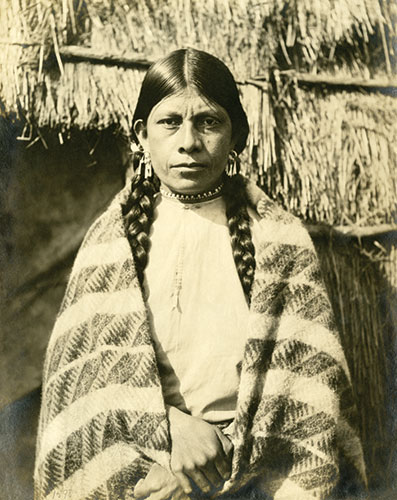
Many anthropological exhibitions at early world’s fairs consisted of indigenous peoples living in replicas of their villages. These “native” exhibits were degrading and later were compared with circuses or zoos. Even with people such as Frederic Ward Putnam and Franz Boas in charge of anthropology at Chicago’s World Columbian Exposition, live ethnic exhibits thrived, many pandering to pre-existing racist stereotypes. At the 1904 St. Louis World’s Fair, the native exhibits were also used to justify the civilizing mission in the new holdings of the U.S., such as the Philippines, acquired after the Spanish-American war. Despite these humiliations, many of those who took part in fairs were able to learn a lot from traveling to the U.S. Jessie Tarbox Beals’ photographs are rich, empathetic records of these international individuals.
